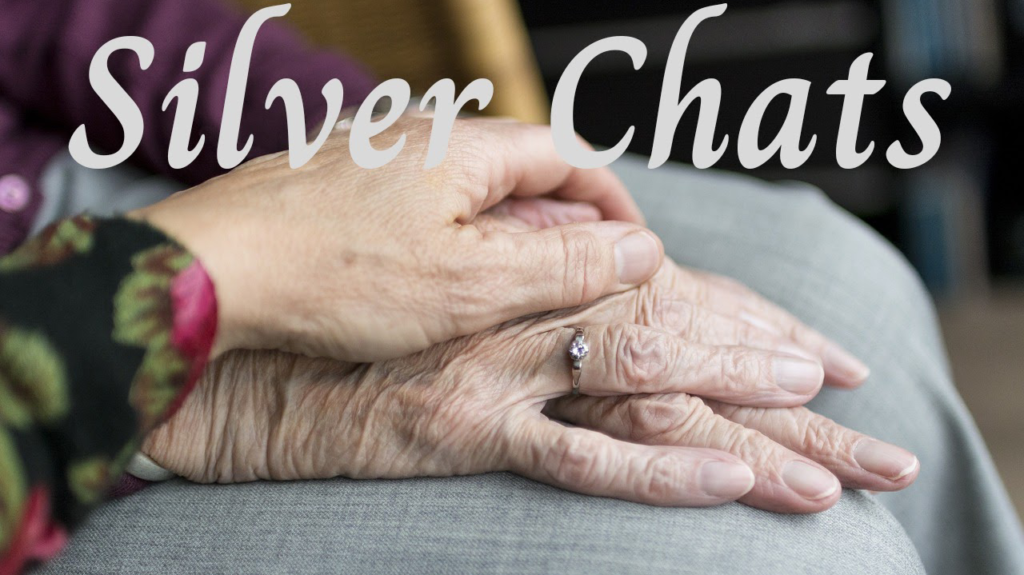How many of you make New Year’s resolutions? That elusive promise to make a lifestyle or bad habit change? We have all done it, but not many people achieve success. We start out with the best of intentions but lack long-term execution. We get discouraged because we expect quick results, or it becomes difficult, or we plan poorly. If so, you aren’t alone; 80% of resolutions fail within the first couple of weeks, most by mid-February. The key markers are lack of motivation and lack of commitment.
Change is difficult. There is no magic formula, no, “one size fits all” solution, or easy plan to follow. It takes personal commitment, a desire to do something differently, and a resolve to see it through. Even if we know that a lifestyle choice or habit is harmful, we still have difficulty changing it.
Changing involves several parts of our brain: the frontal cortex, amygdala, and basal ganglia. These areas are concerned with decision-making, personality traits, and movement. Our brains take rewiring to effectively change behavior or develop a new habit, and that comes about by consciously making a change accompanied by repetition—in other words, commitment and repeating it over and over. Our brains can only handle a limited number of changes. Due to its limited processing ability, cognitively, the brain can only handle one major task at a time, with a few minor ones along with it.
It takes developing new neural pathways to successfully change, and these come about through repeating a new experience, skill, or behavior. Regular exercise, sufficient sleep, and practicing mindfulness meditation are ways to challenge change in ourselves and stimulate the growth of new neural pathways. Consistently practicing a new skill or behavior increases the strength of new neural pathways, increasing the success of any change.
The key to a successful change is mindset. Both researchers and psychologists agree that mindset is the major factor in successful change in the brain. And without brain change, no New Year’s resolution will succeed. There are some key points in mindset and brain change:
- A “Growth Mindset” means and creates an “it’s possible to achieve anything we set our mind to” thinking. A positive outlook and willingness to learn.
- Motivation to institute change- cultivating a positive attitude creates motivation to keep going, make our change permanent, and easier to stick with it.
- Learning challenges our brain power. A positive mindset can foster growth by facilitating information and producing new experiences. These neutral pathways affect our decision-making and response to change.
It would appear the success of all New Year’s resolutions has to begin with our minds. Without new neural pathways generated by repeated new behavior or skill, no resolution succeeds.
Here are steps and tips on how to change your mindset, build new neural pathways, and possibly succeed in this year’s resolutions:
- A clear, concise vision of the desired change is needed to begin a New Year’s Resolution. Spend time writing, reflecting, and developing a clear view of the change by establishing the purpose or goal of the change, i.e. (I want to lose weight so I can walk a mile without wheezing.)
- Once the desired outcome is understood, develop a detailed plan to achieve the change. This would include steps, resources, and a timeline for the change. ie.( weight loss apps, weight loss programs, exercise programs, weight loss activities, support groups, weight loss advice groups)
- Join or create a group of individuals working towards the same change. A support system is a key to successful change. Sharing experiences, talking to experts, or getting advice from someone who has navigated the same changes is a proven way to succeed in change.
- Self-assessment requires taking an honest, objective look at ourselves. A self-refection of your weaknesses and your strengths, and a clear look at any self-imposed barriers to change.
- Practice the new skill or behavior over and over and over. Set realistic goals. Take small steps and add on slowly. Remember it is the repetition that will build and strengthen the new neural pathway for successful change.
- Be patient, flexible, and determined about the growth in change because setbacks are lessons to learn from, and successes are foundations to build on.
- Create a timeline that fits your individual style. There are templates, websites and books to help with creating a timeline for change that is designed especially for you. It helps with accountability, tracking progress, setting goals, and creating an end date. It is a motivational tool that keeps data stored and provides a history of the change.
- Once goals are met and the change becomes a habit, develop steps to help maintain the change and a plan for sticking to it.
A New Year’s resolution doesn’t have to fail; it just needs to be correctly planned. Any change, whether it be at New Year’s or not, needs thoughtful consideration to execute and succeed. By doing so, the chances increase that the change will stick.
If you are considering a New Year’s resolution, step out of your comfort zone and pick a change that will stimulate the growth in your brain. Not all changes have to do with self-improvement; some can be downright fun. Here are some ideas:
-Learn a new language
-Learn to play a musical instrument
-Take up a new hobby
-Engage in complex problem-solving
-Read a list of books
-Practice Mindful Meditation
-Engage in a new physical activity
As we age, change becomes more difficult because many of us are set in our ways. However, change is good for our brains and can help with our cognitive ability. Learning flexibility, seeing success in new challenges, and sticking to a new behavior can be mentally stimulating. These are all healthy, positive choices in holistic aging practices. Silver Chats wishes everyone a Happy New Year’s, and welcome to 2025!
Most but not all sources:
–https://fs.blog/carol-dweck-mindset/
–https://news.stanford.edu/stories/2021/09/mindsets-clearing-lens-life
–https://www.nami.org/support-education/support-groups/
–https://hbr.org/2008/07/choosing-strategies-for-change
–https://projects.iq.harvard.edu/files/sdpfellowship/files/day3_2_choosing_strategies_for_change.pdf
Silver Chats past related articles:

Leave a Reply